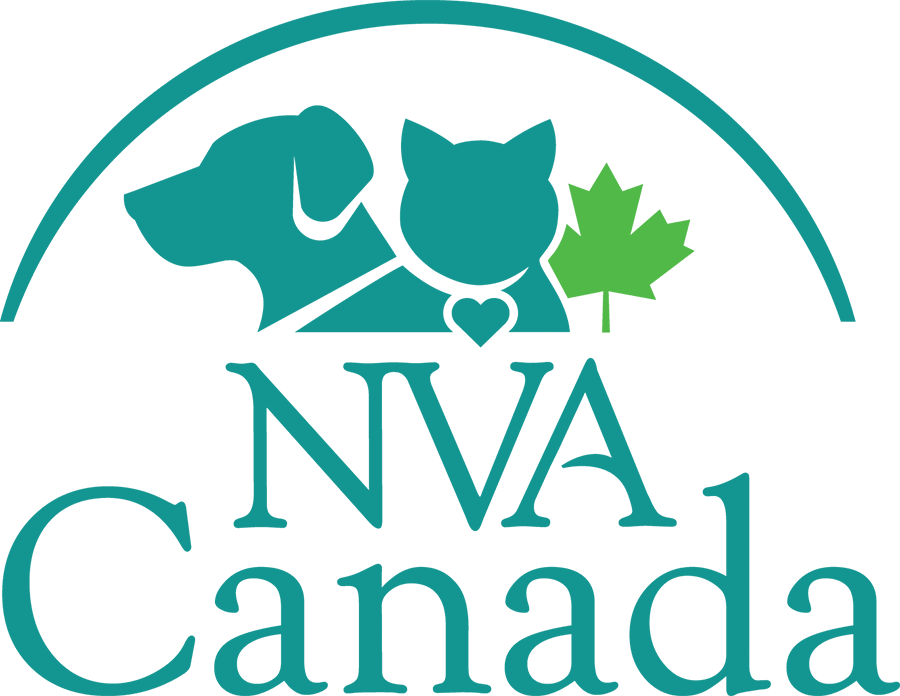Increase your knowledge with this eclectic collection of science-focused snippets, articles, video summaries and papers aimed at keeping you in the picture!

Scientific Snapshots
Watch this video as Dr. Tony Yu addresses key considerations surrounding ear cytology in veterinary dermatology. He emphasizes the importance of timing cytology tests and outlines various treatment options. Dr. Yu highlights the role of ear cytology in follow-up appointments for monitoring and adjusting treatment plans. Additionally, he offers practical advice for supporting pet owners with financial constraints, offering alternative strategies to ensure comprehensive care for pets.
Sponsored by


Watch this video as Dr. Tony Yu discusses the primary challenges veterinarian face when treating cases of otitis externa in pets. He explores underlying causes, including allergies, that contribute to recurrent otitis externa. His insight aims to alleviate frustration for both veterinarians and pet owners, fostering a better understanding and management of the condition.
Sponsored by


The most common suture pattern utilized in canine gingiva post dental extraction is the simple interrupted pattern (SI). Although SI sutures take longer to complete than some other patterns, it has been thought to be the least likely suture pattern to fail. The simple continuous pattern (SC) is faster to complete and is an acceptable pattern in closing canine and feline abdominal incisions. Barbed sutures (SF) that are “knotless” are another option that is becoming more popular in some human...
Sponsored by


Anal sac disease, specifically anal sacculitis (AS), is frequently seen in dogs. Previous studies have shown the incidence of this disease in canines to be 2%–15.7%. A large study evaluating AS in the general practice setting found a prevalence of 4.4%. AS can occur with inflammation only (i.e., no infection), or it can progress to infection and even to abscessation. Although this condition is quite common, few studies have been published to determine the best treatment. Systemic antibiotics...
Sponsored by


Gabapentin has been traditionally used in cats for managing chronic pain and seizure disorders. In the last few years gabapentin has become a commonly used medication to reduce patient stress when visiting a veterinary clinic. Most feline patients are more tractable and compliant for physical examinations as well as blood collection and cystocentesis when “pretreated” with gabapentin. Most practitioners utilize a dose of 20 mg/kg of gabapentin in young healthy cats. In humans, gabapentin is...
Sponsored by


Watch this video as Dr. Lianna Titcombe summarizes the key points of the 2023 AAFP-IAAHPC Feline hospice and palliative care guidelines to assist veterinary teams in creating an ideal end-of-life experience for pets and their families. She explores care units, communication strategies, and care/treatment plans, providing support for pet owners as their beloved cat enters this stage of life.
Sponsored by


Urethral catheterization in female cats and small dogs can be very challenging, though the procedure is often necessary in patients with various medical conditions. The most common techniques utilized for urethral catheterization include blind placement, using digital palpation, or use of various instruments to better allow visualization of the urethral papilla. These techniques are challenging at the best of times, but even more so in cats and small dogs. The publication reviewed in this...
Sponsored by


Chocolate ingestion in dogs is a common cause of toxicity. The first case of chocolate toxicity was published in 1942, but overall there are few published studies evaluating the prognosis in such cases. The toxic products in chocolate are methylxanthines (theobromine and caffeine). The higher the cocoa content in the chocolate, the more toxic it is. Baking chocolate, dark chocolate, and bitter chocolate have the highest content of methylxanthines, while milk chocolate has much lower...
Sponsored by


When performing fine-needle aspiration for cytology, two techniques are commonly utilized. Fine-needle aspiration cytology (FNAC) is performed by inserting the needle into the area to be sampled and creating negative pressure by drawing back on the syringe several times. Fine-needle non-aspiration cytology (FNNAC) is performed by inserting the needle into the area to be sampled and collecting a “core” of cells in the needle, along with cells entering the needle via capillary action.
Studies...
Sponsored by





 9:10 min
9:10 min








